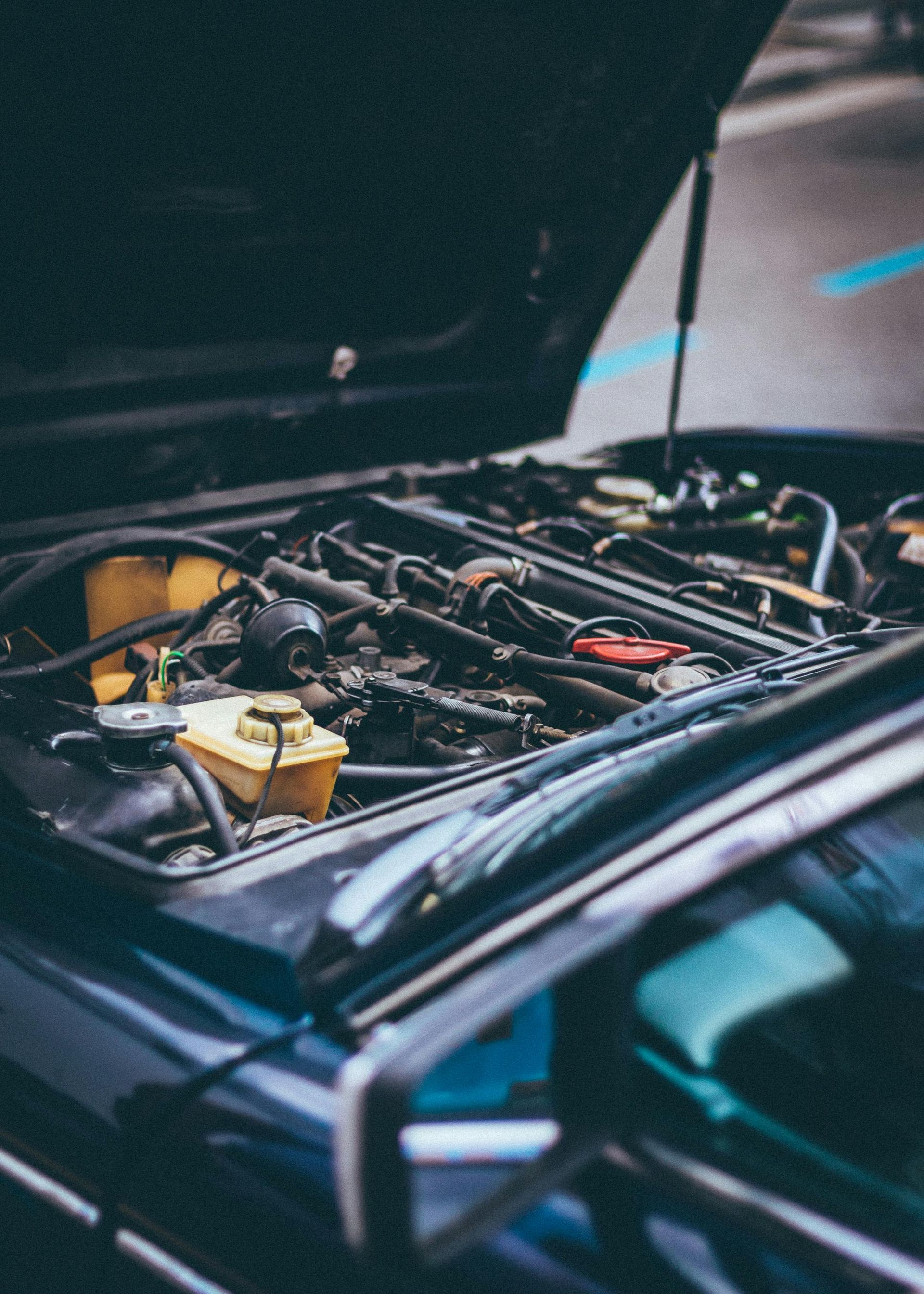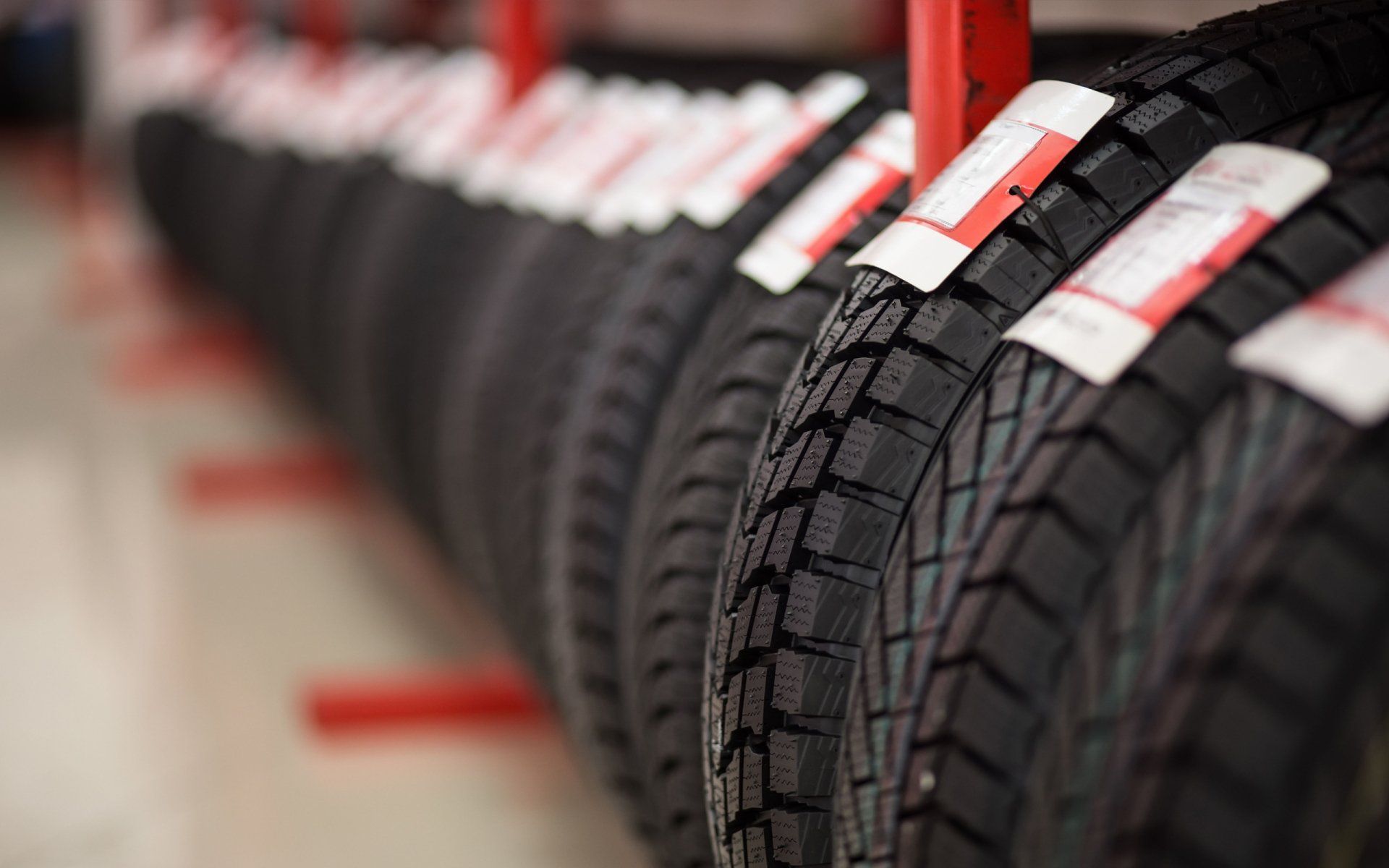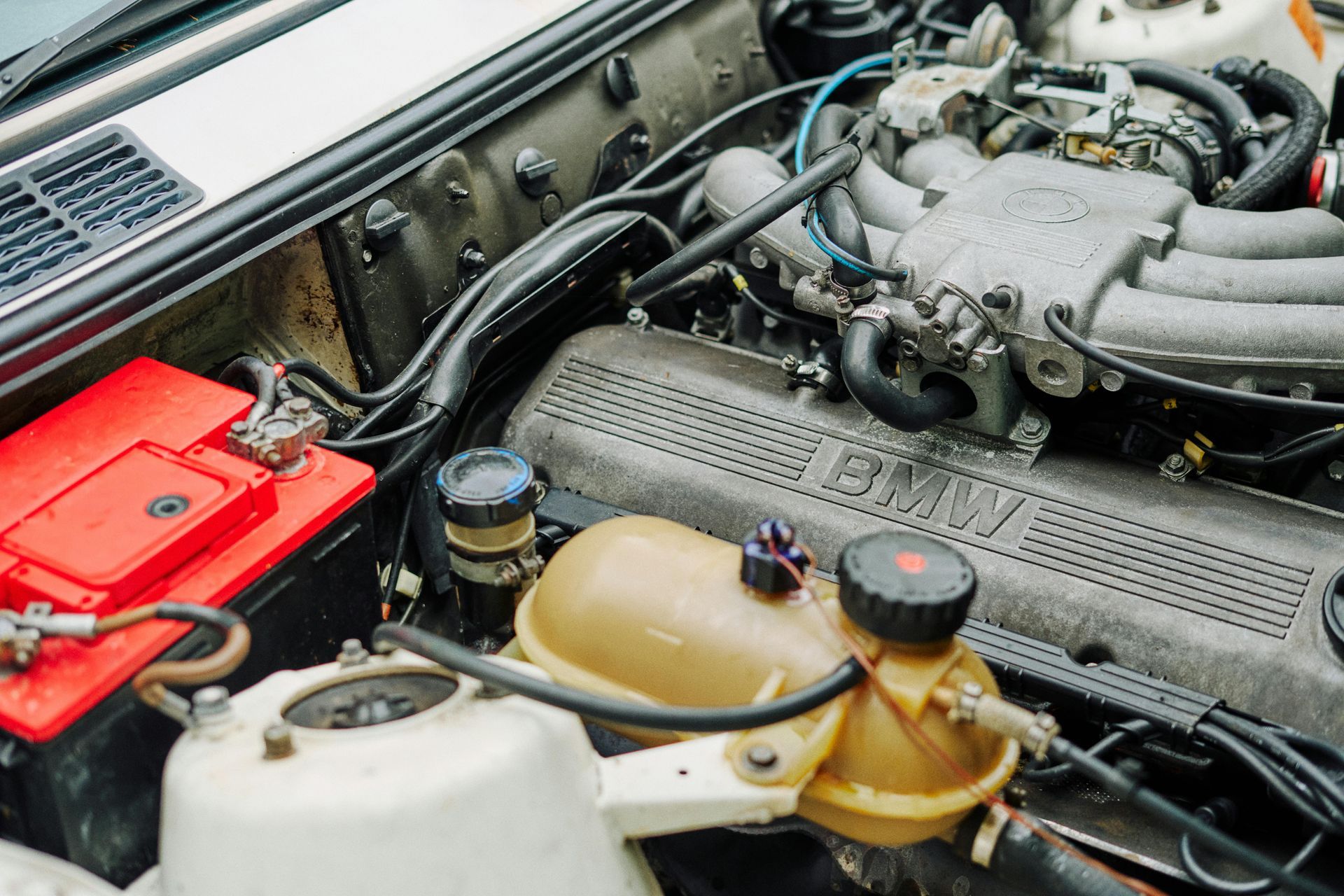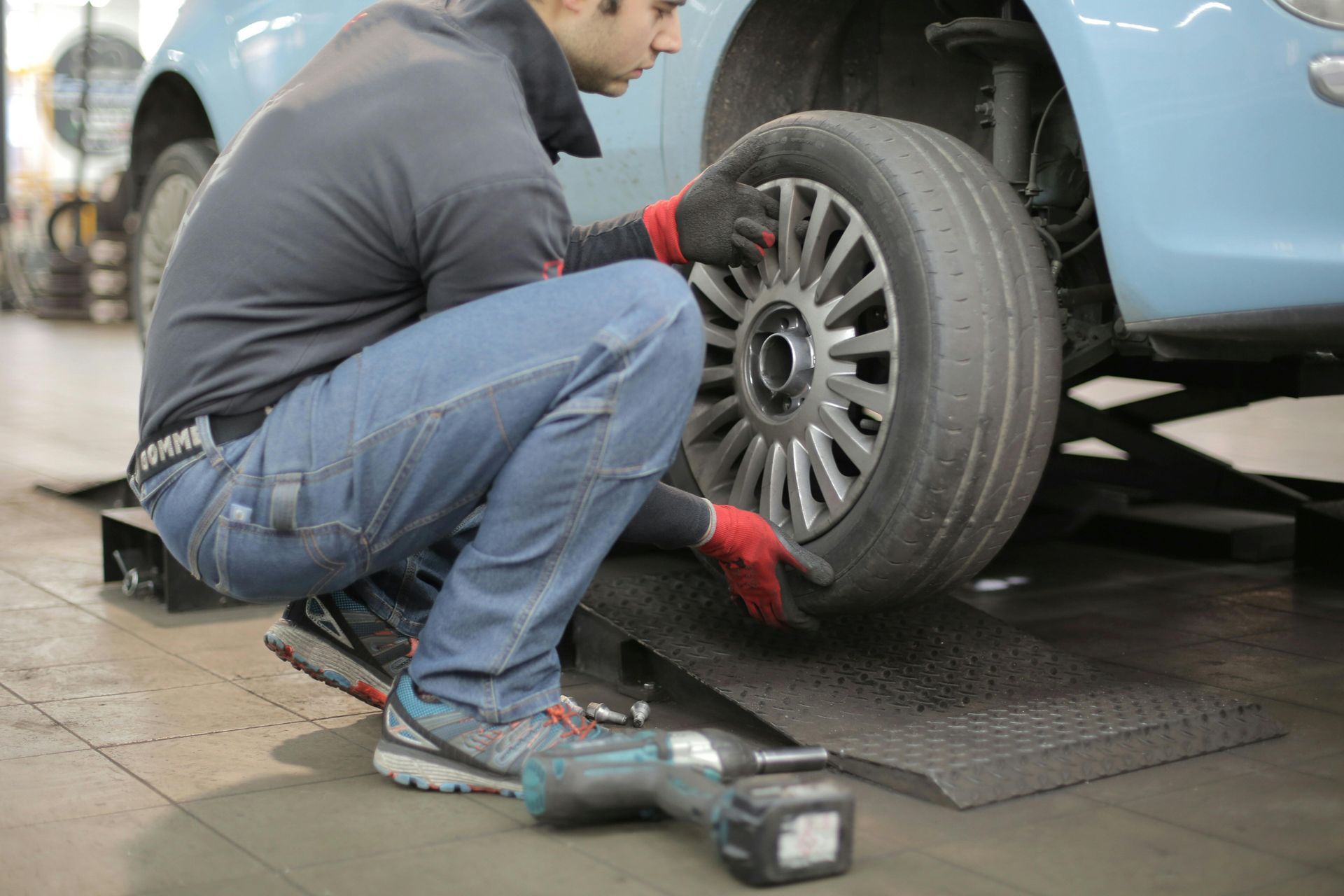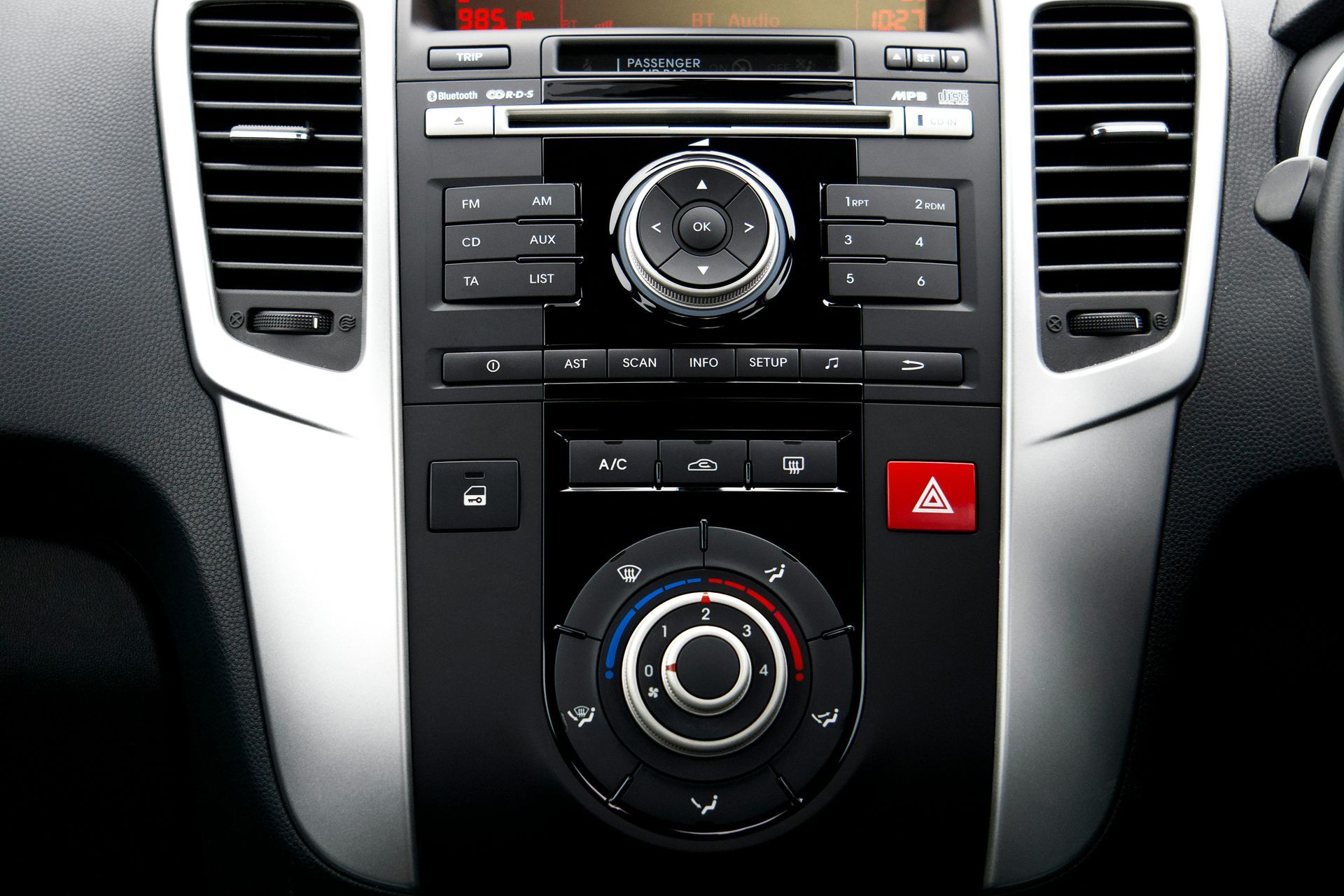What Your Car's Warning Lights Mean: A Driver's Guide
Your car's dashboard warning lights are like a health monitor for your vehicle. These colorful indicators communicate vital information about your car's systems, helping prevent breakdowns and costly repairs. For Auburn drivers who rely on their vehicles for daily commutes on Highway 49 or weekend trips to the Sierra Nevada mountains, knowing what these lights mean can save time, money, and ensure safe travels.
Why Warning Lights Matter for Auburn Drivers
Auburn's diverse driving conditions—from stop-and-go traffic on Lincoln Way to steep mountain grades toward Foresthill—put varying demands on your vehicle's systems. Warning lights help you catch problems early, before you're stranded on a remote mountain road or facing expensive emergency repairs. Modern cars have sophisticated monitoring systems that detect issues long before they become serious problems.
Critical Warning Lights: Stop Driving Immediately
Some warning lights indicate serious problems that require immediate attention. When these lights appear, pull over safely as soon as possible.
Engine Temperature Warning
What it looks like: Thermometer icon or "TEMP"
What it means: Your engine is overheating
What to do: Stop driving immediately and turn off the engine
Overheating can destroy your engine within minutes. This is especially dangerous when climbing grades to Grass Valley or Colfax, where engines work harder and heat up faster.
Oil Pressure Warning
What it looks like: Oil can icon or "OIL"
What it means: Dangerously low oil pressure
What to do: Stop driving and check oil level immediately
Low oil pressure can cause catastrophic engine damage. Never ignore this light, even if you're running late for work in Auburn or heading out for a weekend adventure.
Brake System Warning
What it looks like: Circle with exclamation point or "BRAKE"
What it means: Brake system malfunction or low brake fluid
What to do: Stop safely and check brake pedal feel
Brake problems are extremely dangerous, especially on Auburn's hilly terrain and winding mountain roads. If the brake pedal feels spongy or goes to the floor, call for immediate assistance.
Important Warning Lights: Service Soon
These lights indicate problems that need attention but don't require immediate stopping.
Check Engine Light
What it looks like: Engine outline or "CHECK ENGINE"
What it means: Engine management system detected a problem
What to do: Schedule service within a few days
The check engine light can indicate anything from a loose gas cap to serious engine problems. While you can usually continue driving, get it diagnosed promptly to prevent damage and ensure your car passes California emissions testing.
Battery Warning
What it looks like:
Battery symbol with + and - signs
What it means: Charging system malfunction
What to do: Head to a service center soon
A failing charging system will eventually leave you stranded. This is particularly problematic during Auburn's hot summers when air conditioning puts extra strain on the electrical system.
Tire Pressure Warning
What it looks like:
Tire cross-section with exclamation point
What it means: One or more tires are significantly under-inflated
What to do: Check and adjust tire pressure
Proper tire pressure is crucial for safe driving on Auburn's varied terrain. Under-inflated tires wear faster, reduce fuel economy, and can be dangerous on wet roads during California's rainy season.
Transmission Temperature Warning
What it looks like:
Gear symbol with thermometer
What it means: Transmission is overheating
What to do: Stop driving and let transmission cool
Transmission overheating often occurs during towing or mountain driving. Let the system cool before continuing, and schedule service to prevent expensive transmission damage.
Maintenance Reminder Lights
These lights remind you about routine maintenance needs.
Oil Change Light
What it looks like: "MAINT REQD" or oil can with wrench
What it means: Oil change is due
What to do: Schedule oil change service
Regular oil changes are especially important in Auburn's climate, where temperature variations can affect oil performance.
Service Light
What it looks like: Wrench icon or "SERVICE"
What it means: Scheduled maintenance is due
What to do: Review owner's manual and schedule appropriate service
Color Coding System
Warning lights follow a standard color system:
- Red: Stop driving immediately
- Yellow/Orange: Service needed soon
- Green/Blue: Informational (systems operating normally)
Common Causes of Warning Lights in Auburn
Local driving conditions contribute to specific warning light issues:
Hot weather effects:
- Overheating on steep grades
- Battery strain from air conditioning
- Tire pressure increases with heat
Mountain driving effects:
- Brake system stress on long descents
- Transmission overheating when towing
- Engine strain on steep climbs
Stop-and-go traffic effects:
- Engine running hotter in traffic
- Brake wear from frequent stopping
- Transmission stress from constant shifting
When to Seek Professional Help
While some warning lights have simple fixes (like adding oil or checking tire pressure), others require professional diagnosis. Modern cars have complex computer systems that need specialized tools to properly diagnose.
Professional diagnosis is needed for:
- Check engine lights
- ABS warning lights
- Airbag system warnings
- Complex electrical system problems
Don't ignore warning lights hoping they'll go away. Early attention prevents minor issues from becoming major repairs.
Preventing Warning Light Problems
Regular maintenance helps prevent many warning light situations:
- Follow manufacturer service schedules
- Check fluids monthly
- Monitor tire pressure regularly
- Address small problems before they grow
Stay Informed and Stay Safe
Your car's warning lights are designed to protect your investment and keep you safe on Auburn's diverse roads. From daily commutes to mountain adventures, paying attention to these indicators helps ensure reliable transportation and prevents dangerous breakdowns.
Warning lights appearing on your dashboard? Don't ignore them. Contact Autovantage Service Center at (530) 450-2423 for professional diagnosis and repair. Our ASE-certified technicians use advanced diagnostic equipment to quickly identify problems and get you back on Auburn's roads safely. Visit us at 555 Wall St or schedule your diagnostic appointment online today.


